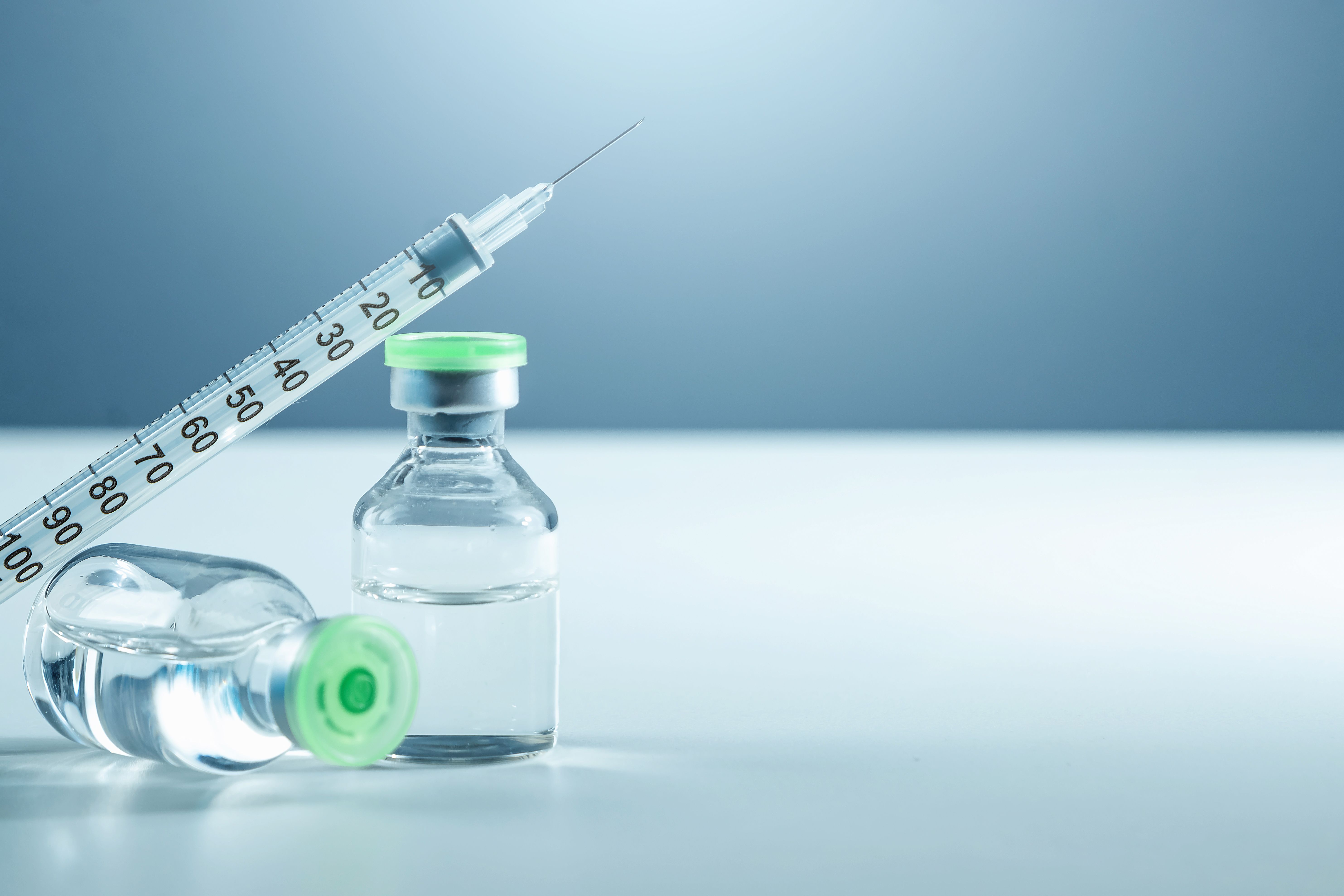Article
Overcoming Hurdles in PrEP for Adolescents
Author(s):
Uptake of PrEP has been slow, particularly among at-risk individuals between 13-19 years of age ar risk for HIV infection.
The “purview paradox” refers to a contradiction in which primary care physicians consider pre-exposure prophylaxis (PrEP) to be beyond their purview, but experienced HIV care specialists tend to work in contexts where patients are already living with HIV.
The purview paradox is particularly present in adolescent HIV prevention. Primary care physicians may doubt the ability of their patients to adhere to a daily medication, have legal concerns about whether sexual health services can be kept confidential from parents, or may have reservations when discussing a younger patient’s sexual activity.
The authors of a recent analysis in JAMA Pediatrics detailed adolescent PrEP uptake in the US and advised health care professionals to be proactive in discussing PrEP with younger patients. Uptake of PrEP has been slow, particularly among at-risk individuals between 13-19 years of age. Primary care clinicians and specialists do not routinely offer adolescents HIV testing, despite US Centers for Disease Control and Prevention (CDC) recommendations in favor of doing so.
Results were gathered from 58 articles found by the review team via PubMed and Embase searches for studies published between 2009-2019, with the addition of a few publications considered highly relevant or often referenced within the HIV prevention clinical discourse. The findings indicated 37,377 new HIV diagnoses documented in the US in 2018. Of these, 7734 occurred in people between 12-24 years of age. Within these 7734 new diagnoses among adolescents and young adults, 1707 were recorded among adolescents aged 13-19 years.
About two-thirds of the diagnoses were accounted for by young black men who have sex with men.
“Preexposure prophylaxis awareness and engagement are lowest in adolescents with the greatest risk for HIV,” the investigators observed.
Click to continue reading on Contagion Live.






